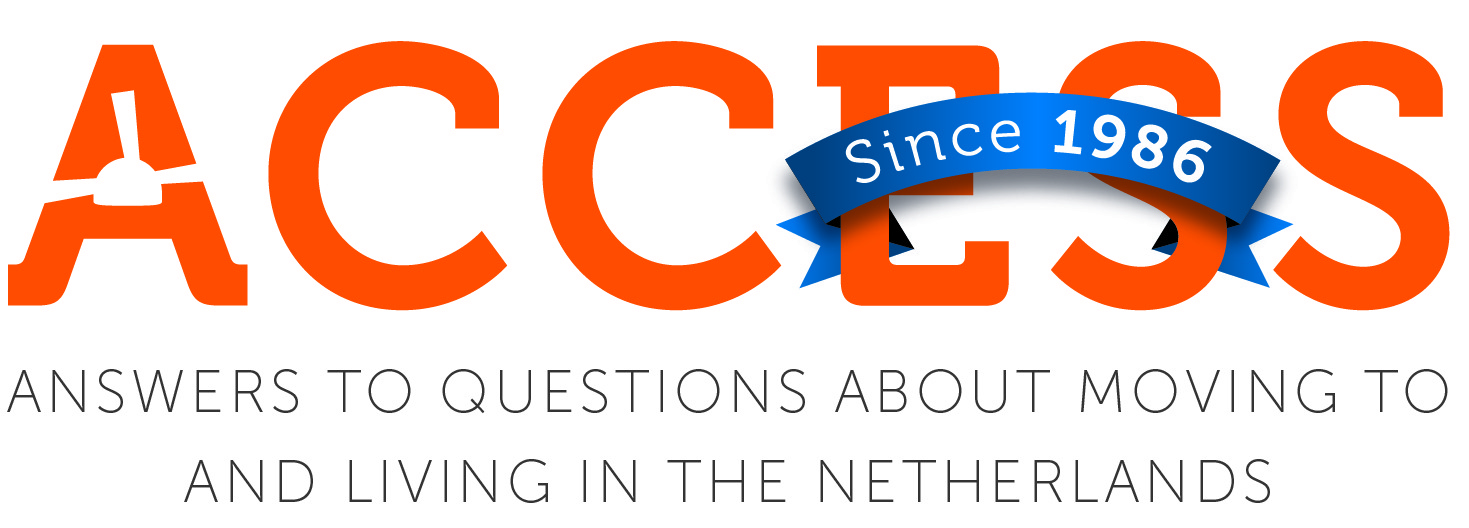ACCESS NL > Housing in the Netherlands > Mortgages in the Netherlands > What are the types of mortgages available in the Netherlands?
Mortgages in the Netherlands
How do I get a loan for buying an apartment or a house?
Are there restrictions on how much I can borrow for my mortgage?
How can I decide which mortgage is best for me?
How is the interest on my mortgage calculated?
When do I start to repay my mortgage?
What are the types of mortgages available in the Netherlands?
From 2018, you can only take out a mortgage that is a maximum of 100% of the value of your house – including 2% overdrachtsbelasting (property transfer tax). This is referred to as ‘Loan to Value’ (LTV).
At first glance, the variety of mortgages on offer from the banks may seem bewildering. However, most of these mortgages come in one of two general categories: capital repayment and interest payment; and only interest-only repayment .
Capital repayment and interest payment
Mortgages which are based upon repayment of both the capital (value of the loan) and interest are tailored by the banks to provide various repayment profiles. In essence, they all expect you to pay both the interest on the original loan and the value of the loan itself within a given time period (term). A typical mortgage term can be up to 30 years, but will depend on your age and circumstances.
One popular type of capital and interest repayment mortgage fixes the amount that you repay each month on your capital loan over the term of the mortgage and is termed a lineaire hypotheek (linear mortgage). Hence, in the beginning, the amount that you pay each month will be high, as you will be paying off a fixed amount of your capital and a relatively high amount of interest (relating to the amount of capital owing). However, the monthly payments will decrease over time as the capital of the loan is paid off and the corresponding interest reduces. The benefit of this type of mortgage is that it can be repaid relatively quickly. However, as the size of the interest repayment reduces with time, you will find that you will not be able to claim as much tax benefit (as the payment of the capital is not tax deductible).
An alternative type of capital and interest repayment mortgage is an annuïteitenhypotheek (annuity mortgage). With this mortgage, the total amount that you pay each month is fixed over the repayment term. The benefit of this type of mortgage is that the repayment remains the same each month and thus makes it easier for you to manage your monthly expenditures. In the beginning, most of the monthly repayment will be just the interest on the loan, whilst later in the mortgage term you will start to pay off a greater proportion of the capital. Tax is only deductible on the interest of the mortgage. Hence, you will find that the proportion of your monthly repayment – on which you can claim a tax relief – will reduce during the given time period.
Remark: currently annuity mortgage and linear mortgage are the only kinds of mortgages that are eligible for hypotheekrenteaftrek (interest tax deduction), whereby the loan is repaid within 30 years.
Interest-only repayment
With an interest-only repayment mortgage, you only pay back the interest on the value of your mortgage each month. The benefit of this mortgage is that the payments you make each month will be lower and thus more affordable. However, as you are not paying off any of the capital (value of the loan), you are not in a position to own your house; that is, unless you are confident that you will have sufficient funds to pay off the original loan as a lump sum at the end of the mortgage term.
It should be noted this kind of mortgage is no longer deductible from your income for tax purposes. Banks are no longer eager to offer this type of mortgage anymore. However, you can take over your old mortgages to your new house and continue having an interest-only or bank savings/investment mortgages or a combination and keep the eligibility of the interest deduction.
There are other types of mortgages based upon payment into an investment fund. The idea is that you only pay off the interest on the loan and at the same time contribute into an investment fund. At the end of your investment term, you should have acquired a sufficiently high return on your investment to (hopefully) be able to pay off the capital of your mortgage.
Other mortgages link repayment of the interest on the loan to paying for an insurance product, such as life insurance, or paying into a savings policy. The idea is essentially the same as above, in that you acquire sufficient funds over the term of the mortgage to pay off the original loan.
Remark: These products are not available anymore within the mortgage advice for starters. Existing mortgages containing these kinds of products may be continued.


